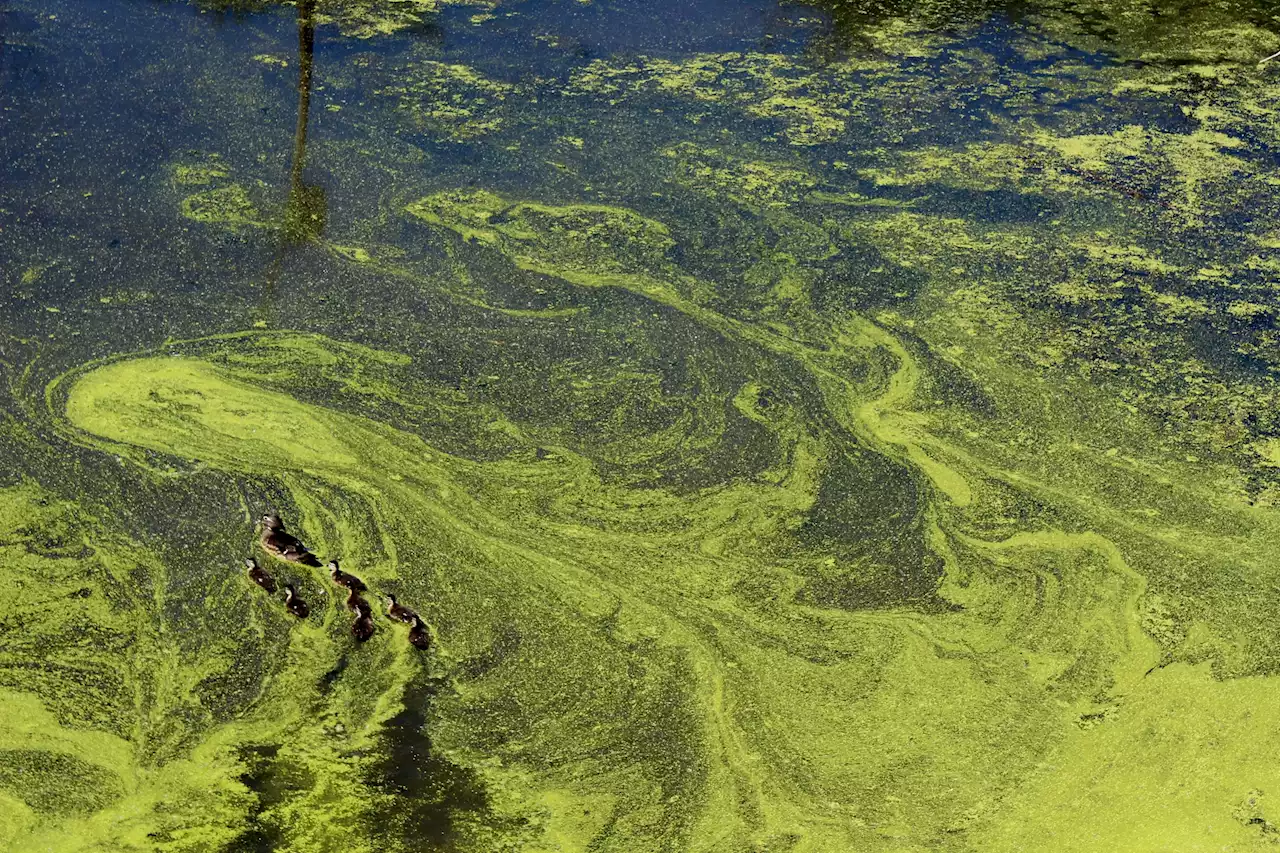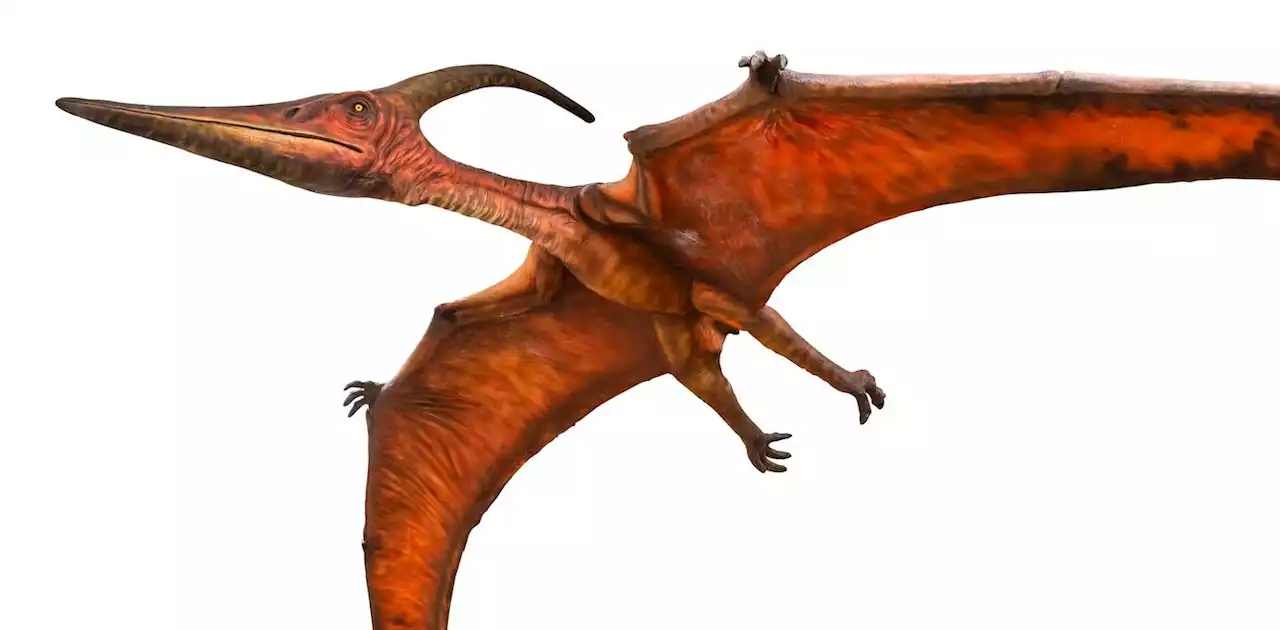Researchers have identified a new pathway by which sugar is released by symbiotic algae. This pathway involves the largely overlooked cell wall, showing that this structure not only protects the cell but plays an important role in symbiosis and carbon circulation in the ocean. The findings were reported in the journal eLife on August 18, 2023.
or other negative effects on the ecosystem. Scientists still do not understand many of the intricate processes at play when it comes to this relationship, but doing so is crucial for the preservation of coral reefs and the biodiversity they support.
"We discovered that the release of sugar occurs when the algal cell begins degrading its own cell wall," explains Shinichiro Maruyama, lead-author of the research and an associate professor at the University of Tokyo's Graduate School of Frontier Sciences."This breakdown of the cell wall happens even when a symbiotic host is absent and gets enhanced when conditions become more acidic.
The researchers also found the sugar release is mediated by the enzyme cellulase, which is known for its usage in breaking down the cell walls in land plants.
, which will further provide insights into what kind of"molecular language" is exchanged between symbionts and hosts.Yuu Ishii et al, Environmental pH signals the release of monosaccharides from cell wall in coral symbiotic alga,
United States Latest News, United States Headlines
Similar News:You can also read news stories similar to this one that we have collected from other news sources.
 Rise in toxic algae blooms requires coordinated response, say researchersThe prevalence of blue-green algae blooms in southern Ontario will become more frequent as temperatures rise, say Brock University researchers.
Rise in toxic algae blooms requires coordinated response, say researchersThe prevalence of blue-green algae blooms in southern Ontario will become more frequent as temperatures rise, say Brock University researchers.
Read more »
 Why researchers think that some extinct giant flying reptiles cared for their youngOur understanding of animal behavior depends on observation. Researchers can study how animals are born, grow and develop. We can gather evidence of how they interact with each other and their environment.
Why researchers think that some extinct giant flying reptiles cared for their youngOur understanding of animal behavior depends on observation. Researchers can study how animals are born, grow and develop. We can gather evidence of how they interact with each other and their environment.
Read more »
 Researchers publish new results from dark boson searchesLocated at CERN's North Area and receiving beams from the Super Proton Synchrotron (SPS), the NA64 and NA62 experiments search for dark matter, complementing searches at the LHC, as they cover a different energy range. Both experiments have recently published new results. The research is published on the arXiv preprint server.
Researchers publish new results from dark boson searchesLocated at CERN's North Area and receiving beams from the Super Proton Synchrotron (SPS), the NA64 and NA62 experiments search for dark matter, complementing searches at the LHC, as they cover a different energy range. Both experiments have recently published new results. The research is published on the arXiv preprint server.
Read more »
 Researchers find 20,000-year-old refugium for orcas in the northern PacificThe northern Pacific near Japan and Russia is home for several different groups of orcas. They have no contact with each other, do not seek the same food, do not speak the same dialect, and do not mate with each other. How can this be when they live so close to each other and belong to the same species?
Researchers find 20,000-year-old refugium for orcas in the northern PacificThe northern Pacific near Japan and Russia is home for several different groups of orcas. They have no contact with each other, do not seek the same food, do not speak the same dialect, and do not mate with each other. How can this be when they live so close to each other and belong to the same species?
Read more »
 Researchers extracted a Pink Floyd song from a person’s brain - listen to the haunting audioNew research shows that scientists were able to extract brain waves and reconstruct music from them and its absolutely haunting.
Researchers extracted a Pink Floyd song from a person’s brain - listen to the haunting audioNew research shows that scientists were able to extract brain waves and reconstruct music from them and its absolutely haunting.
Read more »
 'Rare' fish endangered in two US states has researchers working to save species from extinctionResearchers at Pennsylvania State University are working with local wildlife agencies to boost Chesapeake logperch populations to prevent the fish from becoming federally endangered.
'Rare' fish endangered in two US states has researchers working to save species from extinctionResearchers at Pennsylvania State University are working with local wildlife agencies to boost Chesapeake logperch populations to prevent the fish from becoming federally endangered.
Read more »
